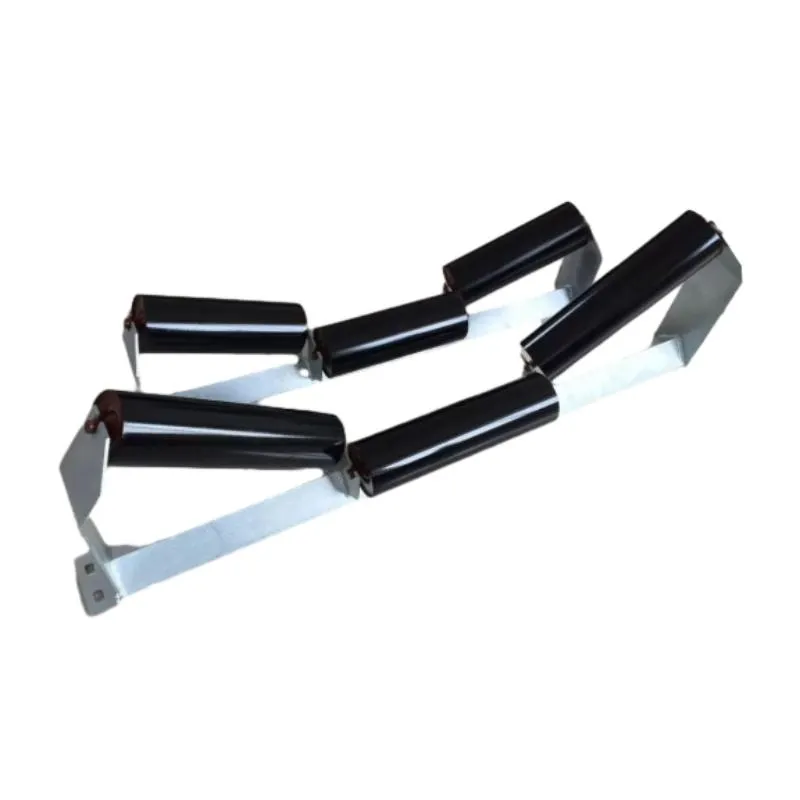 Afrikaans
Afrikaans  Albanian
Albanian  Amharic
Amharic  Arabic
Arabic  Armenian
Armenian  Azerbaijani
Azerbaijani  Basque
Basque  Belarusian
Belarusian  Bengali
Bengali  Bosnian
Bosnian  Bulgarian
Bulgarian  Catalan
Catalan  Cebuano
Cebuano  Corsican
Corsican  Croatian
Croatian  Czech
Czech  Danish
Danish  Dutch
Dutch  English
English  Esperanto
Esperanto  Estonian
Estonian  Finnish
Finnish  French
French  Frisian
Frisian  Galician
Galician  Georgian
Georgian  German
German  Greek
Greek  Gujarati
Gujarati  Haitian Creole
Haitian Creole  hausa
hausa  hawaiian
hawaiian  Hebrew
Hebrew  Hindi
Hindi  Miao
Miao  Hungarian
Hungarian  Icelandic
Icelandic  igbo
igbo  Indonesian
Indonesian  irish
irish  Italian
Italian  Japanese
Japanese  Javanese
Javanese  Kannada
Kannada  kazakh
kazakh  Khmer
Khmer  Rwandese
Rwandese  Korean
Korean  Kurdish
Kurdish  Kyrgyz
Kyrgyz  Lao
Lao  Latin
Latin  Latvian
Latvian  Lithuanian
Lithuanian  Luxembourgish
Luxembourgish  Macedonian
Macedonian  Malgashi
Malgashi  Malay
Malay  Malayalam
Malayalam  Maltese
Maltese  Maori
Maori  Marathi
Marathi  Mongolian
Mongolian  Myanmar
Myanmar  Nepali
Nepali  Norwegian
Norwegian  Norwegian
Norwegian  Occitan
Occitan  Pashto
Pashto  Persian
Persian  Polish
Polish  Portuguese
Portuguese  Punjabi
Punjabi  Romanian
Romanian  Russian
Russian  Samoan
Samoan  Scottish Gaelic
Scottish Gaelic  Serbian
Serbian  Sesotho
Sesotho  Shona
Shona  Sindhi
Sindhi  Sinhala
Sinhala  Slovak
Slovak  Slovenian
Slovenian  Somali
Somali  Spanish
Spanish  Sundanese
Sundanese  Swahili
Swahili  Swedish
Swedish  Tagalog
Tagalog  Tajik
Tajik  Tamil
Tamil  Tatar
Tatar  Telugu
Telugu  Thai
Thai  Turkish
Turkish  Turkmen
Turkmen  Ukrainian
Ukrainian  Urdu
Urdu  Uighur
Uighur  Uzbek
Uzbek  Vietnamese
Vietnamese  Welsh
Welsh  Bantu
Bantu  Yiddish
Yiddish  Yoruba
Yoruba  Zulu
Zulu Exploring the Benefits of Pulley Lagging in Industrial Applications and Machinery Performance
Understanding Pulley Lagging Enhancing Performance and Longevity
In the realm of mechanical engineering and industrial applications, pulleys play a crucial role in transmitting power and assisting in various processes. However, the performance of these pulleys can be significantly influenced by the materials and techniques used in their construction and maintenance. One such technique that has garnered attention in recent years is pulley lagging. This article delves into the concept of pulley lagging, its benefits, types, and best practices for implementation.
What Is Pulley Lagging?
Pulley lagging refers to the application of a protective layer to the working surface of a pulley. This layer is often made from materials like rubber, polyurethane, or ceramics. The primary purpose of lagging is to enhance the grip between the pulley and the conveyor belt or cable while reducing wear and tear on both components. Ultimately, this results in improved efficiency and a longer lifespan for machinery.
Benefits of Pulley Lagging
1. Improved Traction The primary advantage of lagging is its ability to increase friction between the pulley and belt. This enhanced traction is critical in preventing slippage, which can lead to inefficiencies and increased wear on the conveyor system. By providing a reliable grip, lagging helps ensure that materials are transported smoothly and efficiently.
2. Protection Against Wear Pulleys are often subjected to harsh operational conditions, including the exposure to abrasive materials and environmental elements. Lagging acts as a protective barrier, reducing the wear on the underlying metal surface of the pulley. This prolongs the life of the pulley and decreases maintenance costs over time.
3. Noise Reduction The materials used in pulley lagging can help dampen vibrations and noise generated by the machinery during operation. This is particularly beneficial in environments where noise regulations must be adhered to or where quieter operations are preferred.
4. Reduction of Conveyor Damage Properly lagged pulleys can prevent damage to conveyor belts. When slippage occurs, it often leads to fraying and excessive wear on the belt, necessitating quicker replacement and increased costs. Lagging minimizes this risk.
5. Increased Overall Efficiency By reducing slippage, wear, and noise, lagged pulleys contribute to the overall efficiency of a conveyor system. This can lead to lower energy consumption and decreased downtime for repairs.
pulley lagging

Types of Pulley Lagging
There are several types of conveyor pulley lagging to choose from, depending on the specific needs of an operation
1. Rubber Lagging This is the most common type, known for its excellent traction and wear resistance. It is available in various thicknesses and can be customized for different applications.
2. Ceramic Lagging For applications involving extremely abrasive materials, ceramic lagging provides superior durability and resistance to wear.
3. Polyurethane Lagging Lightweight and versatile, polyurethane lagging offers good resistance to chemicals and UV light, making it suitable for outdoor applications.
4. Cloth-based Lagging Integrated with fabric layers, this type of lagging provides durability while also being more flexible. It is often used in environments where a lower profile is required.
Best Practices for Implementation
When considering pulley lagging, it is essential to engage professionals who can assess the operational conditions and recommend the most suitable materials. Regular inspections and maintenance are also crucial to ensure that the lagging remains effective over time. Replacing worn or damaged lagging promptly can prevent further issues and keep the system operating smoothly.
In conclusion, pulley lagging is an effective and essential practice in enhancing the performance and longevity of conveyor systems. By improving traction, reducing wear, minimizing noise, and ultimately increasing operational efficiency, investing in quality pulley lagging can lead to significant long-term benefits for any industrial operation. Embracing this technology enables companies to maintain their competitive edge in today's demanding landscape.
-
Trusted Conveyor Solutions from Leading Conveyor Idler Roller ManufacturersNewsJun.27,2025
-
Reliable Return Idler Solutions for Efficient Belt Conveyor SystemsNewsJun.27,2025
-
Precision Conveyor Accessories for Streamlined Material HandlingNewsJun.27,2025
-
High-Quality Belt Conveyor Idler Solutions for Efficient Material HandlingNewsJun.27,2025
-
High-Performance Belt Conveyor Pulleys for Reliable Material HandlingNewsJun.27,2025
-
Enhancing Material Handling EfficiencyNewsJun.27,2025





























